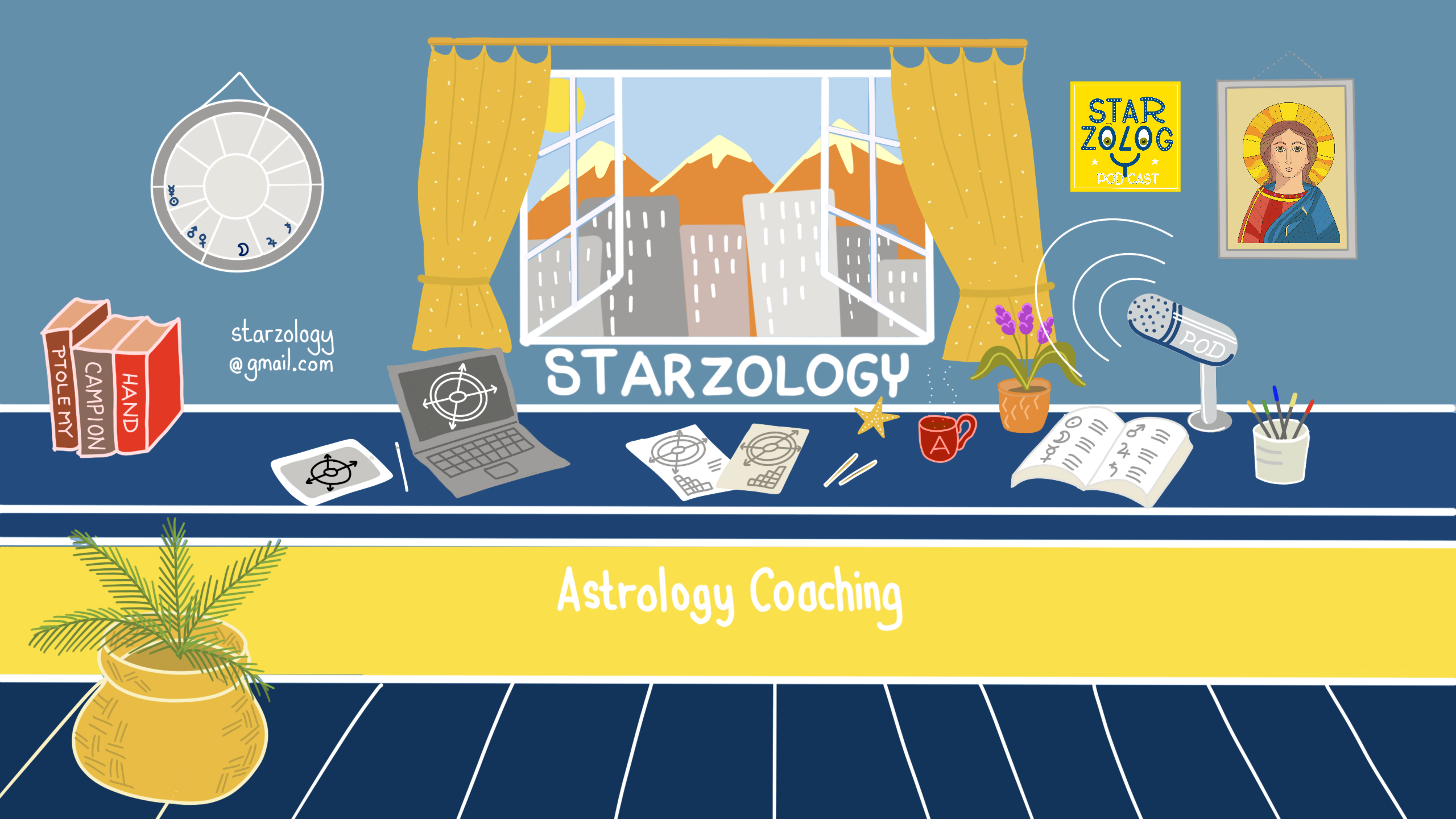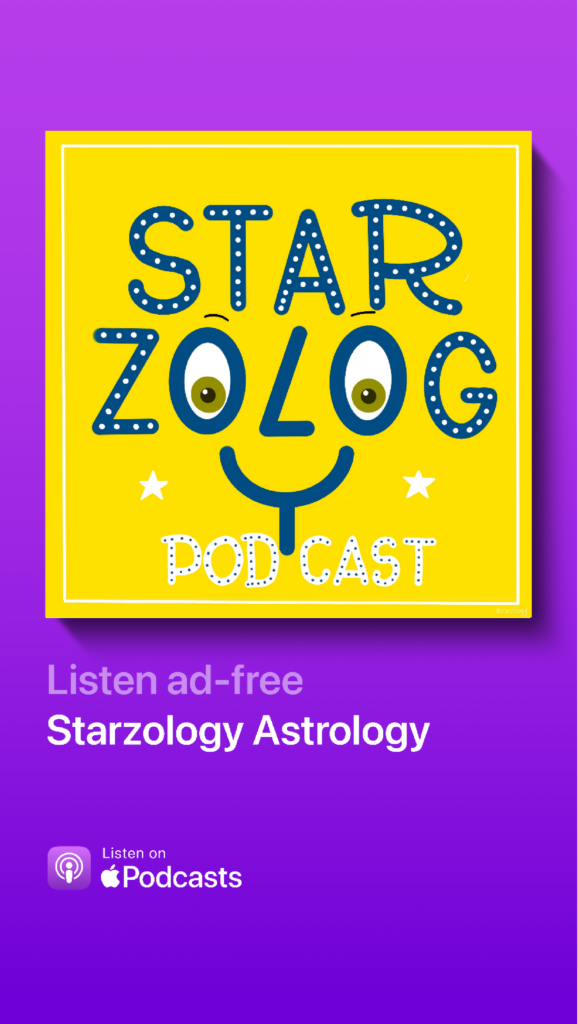Double and Triple sign glyphs. See some examples of double and triple sign and their glyph for when the Ascendant, Sun and Moon is in the same sign.

The Lunar Nodes
Author: Alison Price – Published: June 2021 – Revised: February 2024
Lunar Nodes
The Lunar Nodes are points in a chart and they are an interesting part to the whole story when you read a chart. When I first started doing astrology I was not thrilled with lunar nodes as a concept as I was more interested in solar astrology being a Leo. Over time I learned to understand the Moon’s nodes better. It just goes to show that not everything in astrology is interesting to everyone. You need to find your focus as well.
The Luminaries Path Intersection
The Sun’s path is called the plane of the ecliptic. The Moon’s path is angled at close to five degrees to the plane of the ecliptic. The Moon crosses the plane of the ecliptic twice a month, once traveling north and once going south.
The Moon’s north node is found at the point where the Moon crosses the ecliptic moving north (NN). The Moon’s south node is located at the point where the Moon crosses the Sun’s path moving south (SN).

Eclipses
When the Sun is near the conjunction to the nodes there is the chance of a solar eclipse or a lunar eclipse. This occurs roughly every six months as the Sun moves halfway around the zodiac and goes from one node to the other node.
Lunar Nodal Axis
In your chart, the Moon’s nodes are an axis with the north node at one end, and the south node at the other end. Some charts only show the north node and you can determine the South Node’s position as it is always directly opposite the north node.
Mean and True Nodes
The mean node is the average placement of the Moon’s nodes. The Moon’s mean nodes are always retrograde as they precess through the signs in longitude. The Moon’s true nodes can be direct, stationary or retrograde.
Lunar Nodal Speed
The Moon’s nodes precess (or move backward) at a rate of approximately 18.6 years through the whole zodiac. At age 19, 38, 56, and 75 when the nodes return to their birth position, you will experience a nodal return.
Lunar Nodes Transit the Signs
The lunar nodes spend around eighteen months in each sign.
Planetary Nodes
All the planets (except the Sun) have north and south nodes. For example, Pluto’s nodes are at +/- 20 degrees Cancer and Capricorn. The planetary nodes are not exactly opposite each other in the chart.
The Meaning of the Nodes
North Node

The North Node
The north node is also known as the dragon’s head or Caput Draconis. Connections to new people are shown through your north node. Meetings, get-togethers, and rendezvous are likely to happen. The north node is concerned with things that occur at a hub (computer routers, airports).
The north node shows your current incarnation in this life. It suggests your karmic objectives. The north node is related to consciousness. The north node indicates your future path and where you can grow and evolve.

The South Node
The south node is also known as the dragon’s tail or Cauda Draconis. The south node suggests connections with people from your past. It indicates the things that you already know. The south node shows your past incarnations – past lives.
This point is related to unconsciousness and sub-consciousness. The south node clearly shows your past and your past lives. It is a place where stagnation can take place.

Lunar Nodal Interpretation
The Nodal Complex
The north and south nodes are usually interpreted as an axis.
- Note the zodiac sign polarity is it active or passive.
- Note the two houses as a pair.
- Note any aspects from the Moon to the nodes as they need careful consideration.
- Note and planets that conjoin a node, and thus opposes the other node, as they are significant.
- Note any planet that squares to the nodal axis as they will square both nodes, and this needs some consideration.
Personal Eclipse Points
In your natal chart, the nodal positions are referred to as personal eclipse points as they show where the eclipses would have been that year.
Nodal Degrees
The zodiac degree of the north and south nodes is known as your nodal degree, and any planet on that degree is vital in the nodal interpretation.
Aspects to the Nodes
If a planet aspects one node it usually also aspects the other node, except for some of the trine/sextile combination as the sextile aspect orb is only 4°and the trine is 8° degrees.
Conjunctions and Oppositions
Any planet conjunct a node will influence the nodal axis in a meaningful way. This planet suggests that you are being pulled forward in life (north node conjunction) or by being held back by your past (south node conjunction).
Squares to the Nodal Axis
Planets square will aspect both the north and the south nodes in a square and will in a way stop either future or past dominating the life. This person may not move forward without significant challenges.
The Lunar Nodes in the Signs
Aries – Libra
The north node in Aries fears but should push towards, independence.
The south node in Libra falls back to the partner to find balance.
Taurus – Scorpio
The north node Taurus fears but should push towards, stability.
The south node in Scorpio falls back on reliability.
Gemini – Sagittarius
The north node in Gemini fears but should push towards communication.
The south node in Sagittarius falls back on adventure.
Cancer – Capricorn
The north node in Cancer fears but should push towards self-reliance.
The south node in Capricorn falls back on the tried and tested.
Leo – Aquarius
The north node in Leo fears but should push towards creativity.
The south node in Aquarius falls back on being awkward.
Virgo – Pisces
The north node in Virgo fears but should push towards, kindness.
The south node in Pisces falls back on the sympathy of others.
Libra – Aries
The north node in Libra fears but should push towards, finding a partner.
The south node in Aries falls back on attacking others.
Scorpio – Taurus
The north node in Scorpio fears but should push towards, transformation.
The south node in Taurus falls back on resisting change.
Sagittarius – Gemini
The north node in Sagittarius fears but should push towards, philosophy.
The south node in Gemini falls back on empty comments and gossip.
Capricorn – Cancer
The north node in Capricorn fears, but should push towards, setting goals in life.
The south node in Cancer falls back on withdrawing to home.
Aquarius – Leo
The north node in Aquarius fears, but should push towards, being humble.
The south node in Leo falls back on arrogance.
Pisces – Virgo
The north node in Pisces fears, but should push towards, empathy and support.
The south node in Virgo falls back on criticism.


The Lunar Nodes in the Houses
First and Seventh houses
The north node in the first house is the quest to take a leadership role.
The south node seventh house is the quest to influence others.
Second and Eighth houses
The north node in the second house is the quest to establish personal security.
The south node in the eighth house is the quest to enable others financially.
Third and Ninth houses
The north node in the third house is the quest to know before speaking your mind.
The south node in the ninth house is the quest to realize that knowledge is already in you.
Fourth and Tenth houses
The north node in the fourth house is the quest for security in life.
The south node in the tenth house is the quest for a status-conscious family.
Fifth and Eleventh houses
The north node in the fifth house is the quest to procreate and take risks in life.
The south node in the eleventh house is the quest to find allies.
Sixth and Twelfth houses
The north node in the sixth house is the quest to have a satisfying work ethic.
The south node in the twelfth house is the quest to understand the meaning of life.
Seventh and First houses
The north node in the seventh house is the quest for a partner.
The south node in the first house is the quest for self-happiness.
Eighth and Second houses
The north node in the eighth house is the quest for deeper understanding.
The south node in the second is the quest for self-respect.
Ninth and Third houses
The north node in the ninth house is the quest for knowledge. The south node in the third house is the quest for learning.
Tenth and Fourth houses
The north node in the tenth house is the quest to do well in life. The south node in the fourth house is the quest to be supported by your family.
Eleventh and Fifth houses
The north node in the eleventh house is the quest to collaborate with others.
The south node in the fifth house is the quest to be sure about things.
Twelfth and Sixth houses
The north node in the twelfth house is the quest for understanding.
The south node in the sixth house is the quest for daily work.

Starzclass
Aspiring Astrologer Activity: Lunar Nodes
In your astrology journal and referring to your chart or the chart of a potential client do the following:
- Determine the Moon complex.
- Name the Lunar phase.
- List the Lunar Nodal complex.
Extend Yourself
- Interpret the Lunar Nodal complex and consider the signs, houses, and important aspects (conjunctions and squares) (250 words).

Pin this to read later
Moon Extras
Here are some more posts about the Moon in astrology which you may enjoy.
Author Bio
Alison Price: Astrology Coach
Alison wants to help you uncover your individual creativity and lead a fulfilling life using your own astrology. She shares her wisdom from the heart with a touch of humor.
Learn more about Alison’s journey.
If you’d like to get in touch with Alison, you can reach out to her via email at starzology@gmail.com.
More Articles
If you enjoyed this post, you may like some more astrology related articles from our blog.

Chart Ruler and Chart Overlays
Discover how different Chart Rulers can impact the whole chart. Get tips for each Ascendant sign and their planetary rulers.

Sun Square Pluto
Sun square Pluto is an aspect of intensity. Anticipate ego conflicts, feeling out of control or power struggles with people in authority.
















